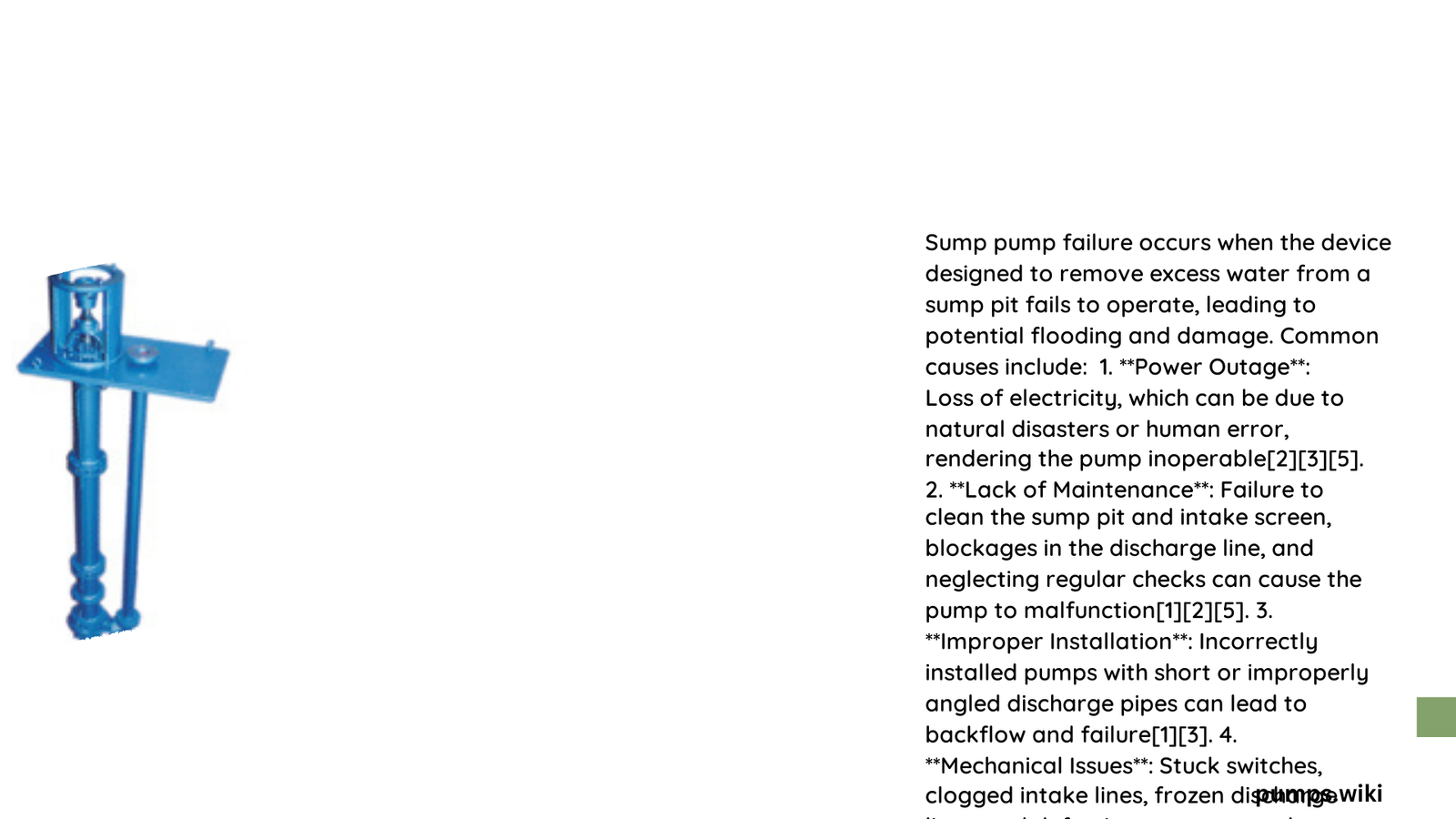Sump pump failure represents a critical mechanical breakdown where a water removal system becomes unable to effectively evacuate accumulated water from a basement or crawl space, potentially exposing a property to significant flooding risks. This comprehensive operational malfunction can occur through multiple mechanical, electrical, and environmental mechanisms, compromising the primary protective function of preventing water damage to residential structures.
What Constitutes Sump Pump Failure?
Core Definition of Operational Breakdown
A sump pump failure is characterized by the device’s inability to perform its fundamental water removal function. This breakdown can manifest through several key indicators:
- Complete Operational Cessation: Total inability to activate or pump water
- Reduced Performance: Partial functionality with insufficient water removal
- Intermittent Functionality: Unpredictable operational cycles
What Triggers Sump Pump Performance Collapse?
Mechanical Failure Factors
| Failure Category | Specific Triggers | Potential Consequences |
|---|---|---|
| Mechanical Wear | Component degradation | Reduced pumping efficiency |
| Intake Blockage | Debris accumulation | Water backup and potential flooding |
| Float Switch Malfunction | Electrical or mechanical issues | Inconsistent pump activation |
Critical Electrical Failure Mechanisms
- Power Supply Interruption
- Complete electrical disconnection
- Voltage fluctuations
-
Circuit breaker complications
-
Component Degradation
- Motor windings deterioration
- Switch housing damage
- Wiring system compromise
How Can Homeowners Detect Early Warning Signs?
Performance Indicators
- Unusual grinding or rattling sounds during operation
- Continuous or irregular pump cycling
- Water accumulation despite pump activation
- Visible rust or corrosion on pump components
What Preventative Strategies Minimize Failure Risks?
Maintenance Protocols
- Regular Inspection Schedule
- Quarterly visual assessments
- Annual comprehensive system evaluation
-
Professional diagnostic testing
-
Proactive Replacement Strategies
- Monitor pump age (typical lifespan: 7-10 years)
- Consider preemptive replacement before critical failure
- Invest in backup power systems
What Are Potential Consequences of Unaddressed Failure?
Financial and Structural Implications
- Potential water damage ranging from $2,000 to $25,000
- Structural integrity compromise
- Potential mold and mildew development
- Decreased property value
Technical Diagnostic Recommendations
Recommended Assessment Techniques
- Conduct water volume test
- Verify float switch functionality
- Measure electrical current draw
- Inspect discharge line integrity
Advanced Protection Strategies
- Install battery backup systems
- Implement smart water detection technology
- Use secondary redundant pump mechanisms
- Create comprehensive drainage alternatives
Conclusion

Understanding the definition of sump pump failure requires holistic awareness of mechanical, electrical, and environmental factors that can compromise water removal systems. Proactive maintenance and strategic intervention remain the most effective protective measures.
